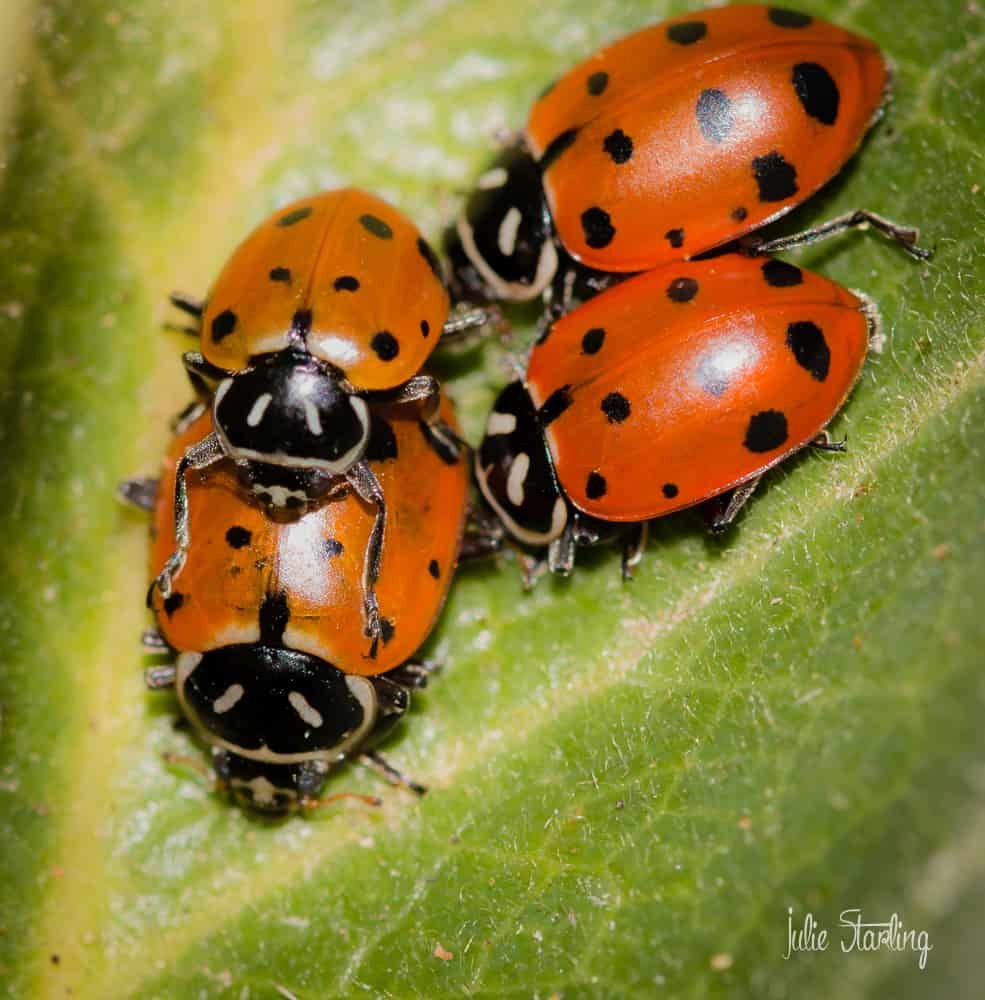
Thursday's are Ladies' night at the ladybug sex club.
The box said, "Release your ladybugs at dawn or dusk. With ample food and moisture they can begin reproducing immediately." And they say there's no truth in advertising.
This team doesn't much care about privacy. That's the boy on top, always much smaller than the girl. They hold on tight and can get busy for more than 2 hours at a time! Meanwhile, two others are hoping to get lucky too. Dude, lay off the Viagra already! I hired you guys to eat some aphids. How is anyone going to get any work done if you're always shagging?
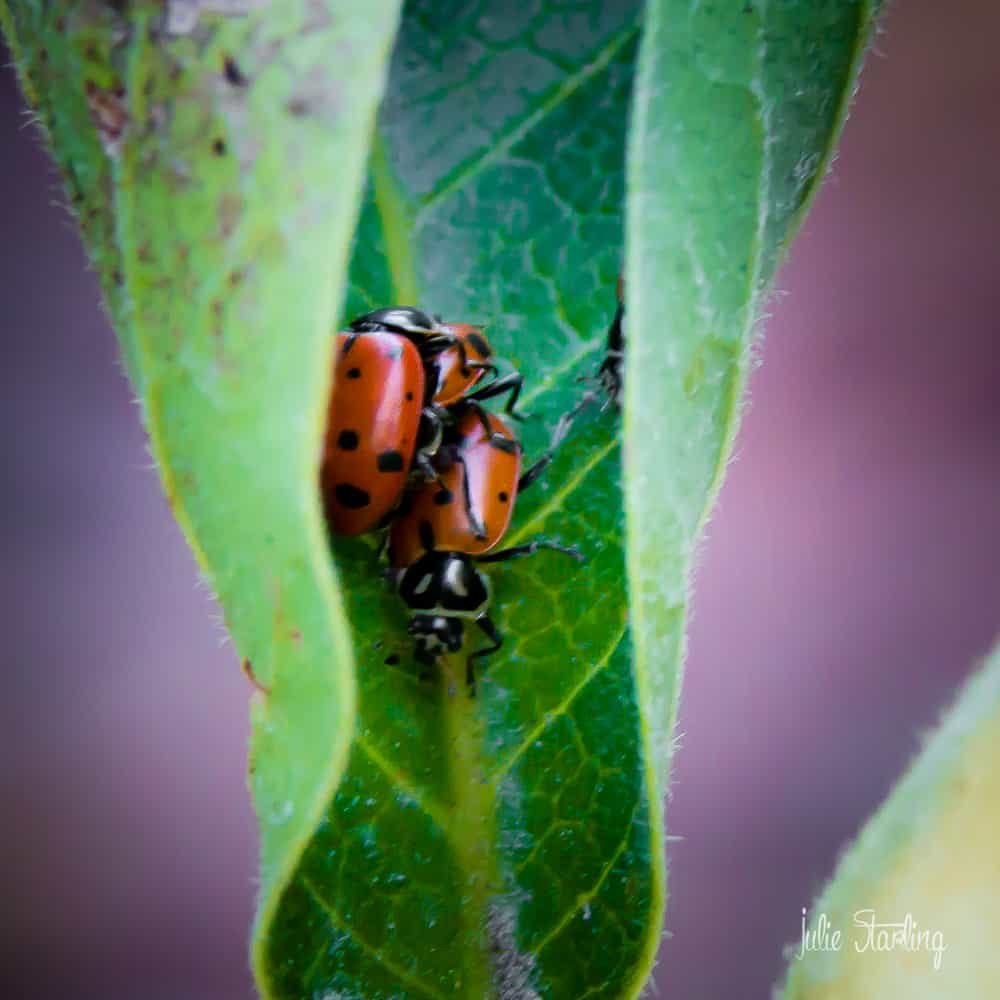
My eyes cannot unsee this. Ménage-à-trois! Now I know why one website claims that up to 90% of Ladybugs have STDs---they're always bumpin' uglies! My image of the sweet innocent ladybug has been forever shattered.
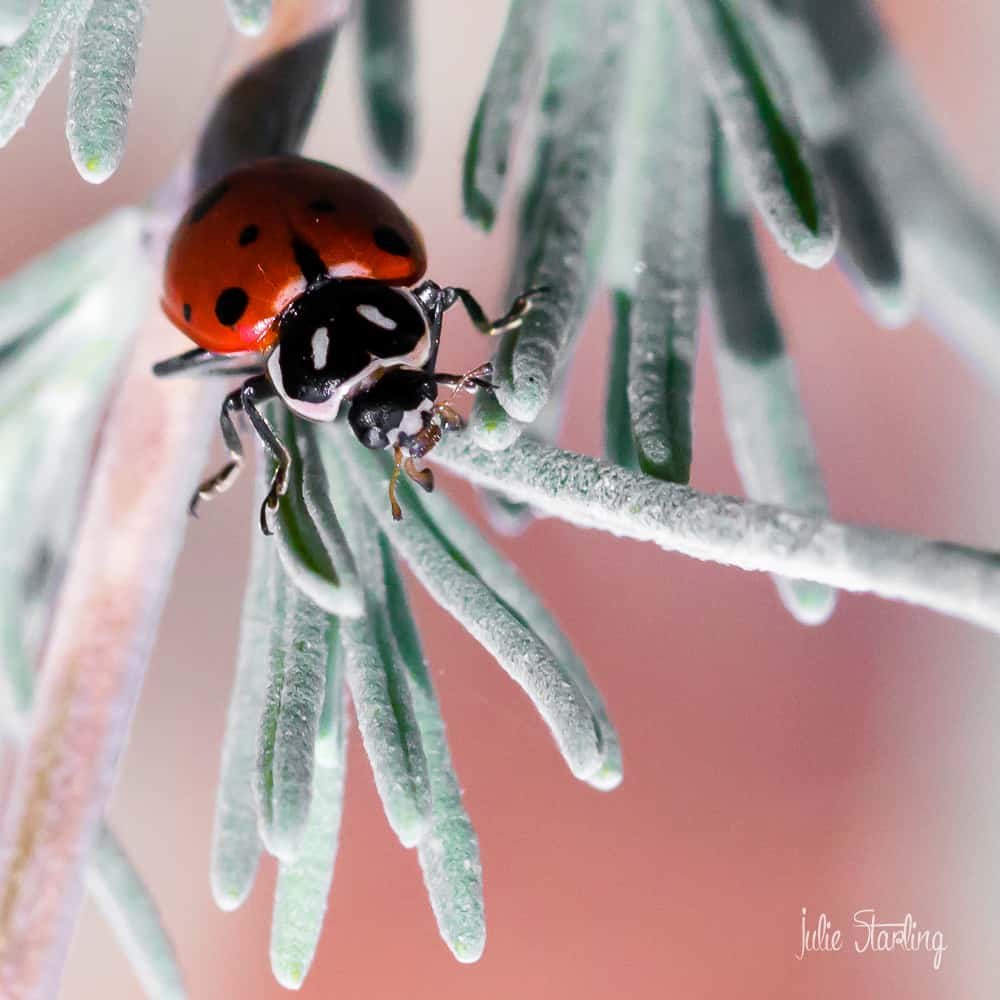
"Not tonight, I have the munchies." After boogieing, the ladybug will hatch her eggs near a good food source, like a colony of aphids, so her babies can find food quickly. Eggs will hatch in 3-5 days and they will become full adults within 24 days. As larvae, they eat about 25 aphids per day, but as an adult, they can go through about 50 aphids per day. Gardeners' best friends! Following a week-long shag-session, my ladybugs finally got down to the business of aphid/pest hunting. It’s about time too. I’m not paying them to boink all day long.
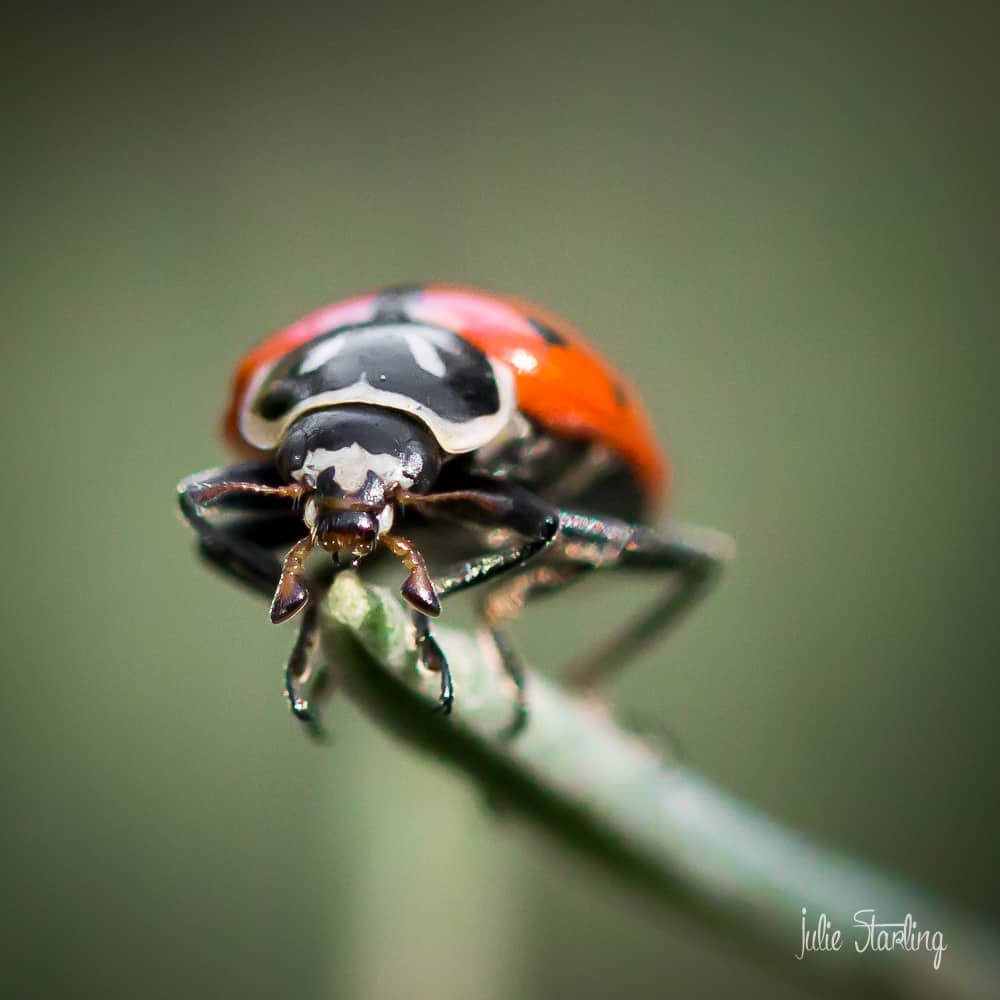
"You talkin' to me? Well I'm the only one here."
This little fella's name is Robert De Niro, because damn, he's just not gonna take it anymore. Makes me glad I'm not an aphid.
I know what you're thinking. Ladybugs are so cute. But after witnessing all that group shagging and a little reading, my ladybug world has been turned upside down. They are some of nature's seriously bad-ass mo-fo's:
1) Eating up to 50 aphids per day, over its lifetime, a ladybug can consume as many as 5000 aphids.
2) If food is scarce, ladybugs will do what they must to survive, even if it means eating each other. A hungry ladybug will make a meal of any soft-bodied sibling it encounters. Newly emerged adults or recently molted larvae are soft enough for the average ladybug to chew. Eggs or pupae also provide protein to a ladybug that has run out of aphids.
3) In 1999, astronauts brought 4 ladybugs (John, Paul, George and Ringo) and a heap of aphids into space to see if the aphid could escape its enemy without gravity. The result, ladybugs: 87,452; aphids: 0.
They're not ladybugs, they're lady badasses!
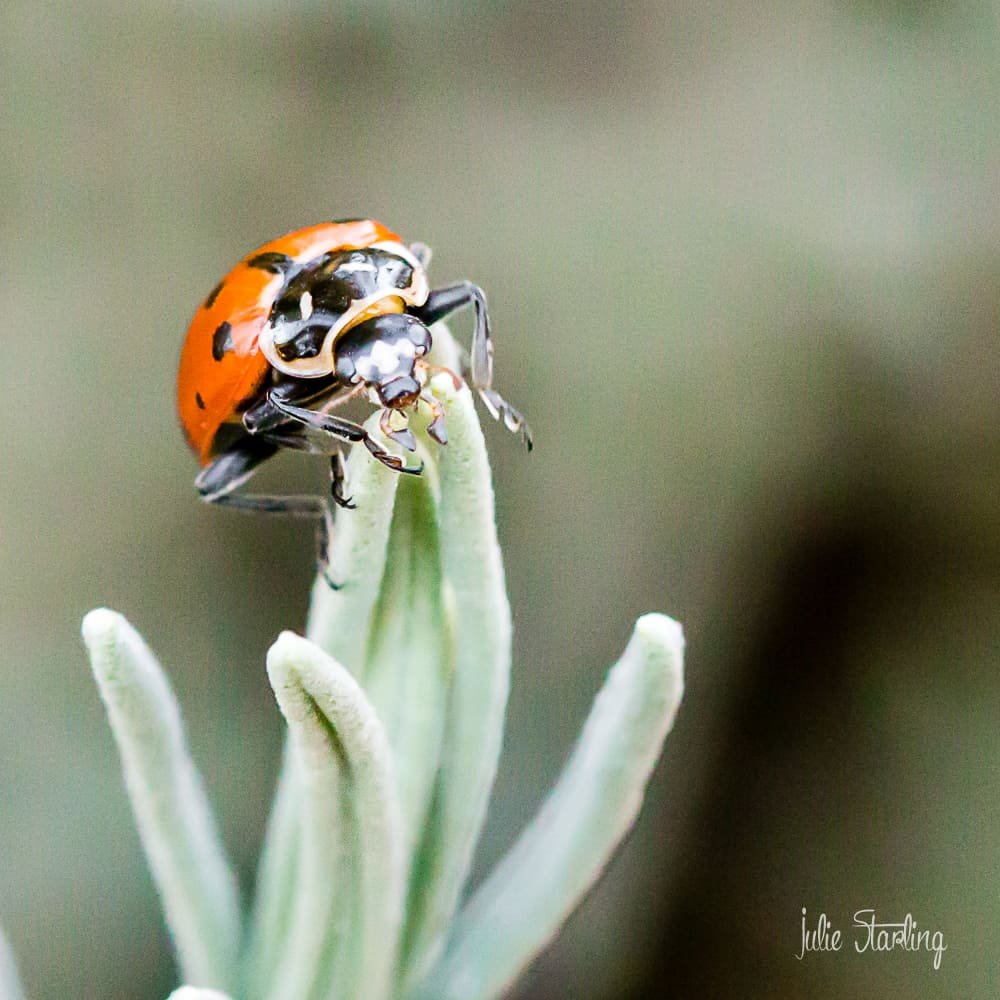
Last winter, before our garden went in, we had a major infestation of ladybugs. We found them in the 10's in our house daily and hundreds by porch door for weeks. I had never seen them in mass like this before near our home. I didn't know much about them except that they ate aphids. It turns out they hibernate and seek shelter in the fall, typically under protected locations, under leaves or behind bark. Since we had nothing in our garden except dirt, it's only natural they'd knock on our door. This year, they'd better not be knocking on the door. There's plenty of housing for all the critters out there.
Ladybugs are considered lucky in many cultures. In Turkey, they call them the "good luck bug." In other Russia, Turkey and Italy, seeing a ladybug is a sign that a wish will soon be granted. I remember as a kid saying "make a wish" when we saw a ladybug.Some cultures have a nursery rhyme that feature the coccinelids. For example, this polish nursery rhyme,
Little ladybird had seven dots,
She was flying over a green meadow.
A little spider caught her in its spiderweb
I will set you free, little ladybird, and you bring me something.
Fly to the sky, little ladybird, bring me a piece of bread.
Yah, um, no. Jane, the ladybug in this shot, isn't buying that nursery rhyme either. As far as I know, spiders are totally Paleo. Gluten is not on their menu. We all know that ladybug in the nursery rhyme would be paralized and wrapped in 3.2 seconds with her innards liquefying.
Admit it, you'd prefer a rhyme about innards liquefying.
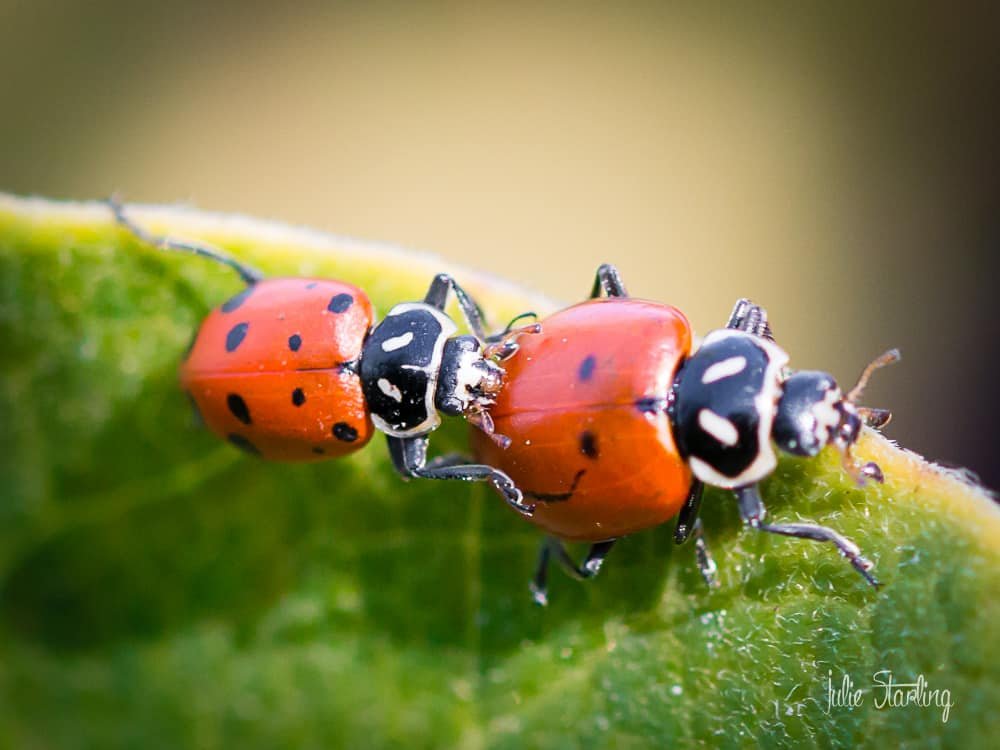
Ladybugs make make rabbits look celibate. I swear, I don't go looking for this. They're still gettin' it on. It's a regular ladybug love fest in the garden these days.
Ladybugs are of the Coccinellidae family of the order Coleoptera (Beetle). For over 500 years in Europe, they've been known as ladybird or lady beetles because they are not true bugs (the order hemiptera) but beetles. In typical American lexicography style, the term "ladybug" replaced ladybird and lady beetle. "Beetle-schmeetle," says the American taxonomist. There are 6000 species worldwide. Their bright colors warn predators to stay away due to toxicity. Birds and animals avoid meals that are red and black. The spots on a ladybug's back have nothing to do with its age, but you can determine the species by taking note of the number and position of the markings. The seven-spotted ladybug, for example, has, OMG, SEVEN spots. I'm glad there's no test. I would have got that one wrong.
LinkedIn has 636 taxonomist jobs available! Apply now!
This ladybug series is never ending...
But it's time to bug out.
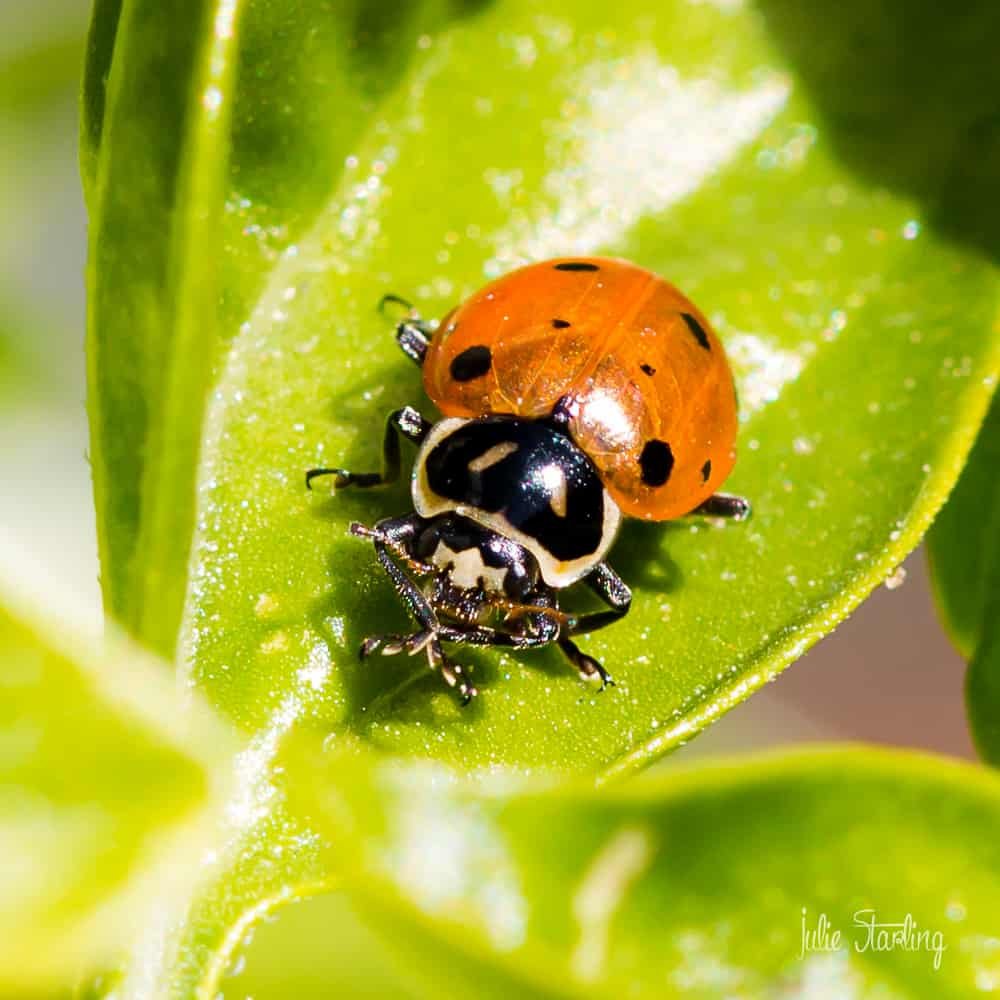
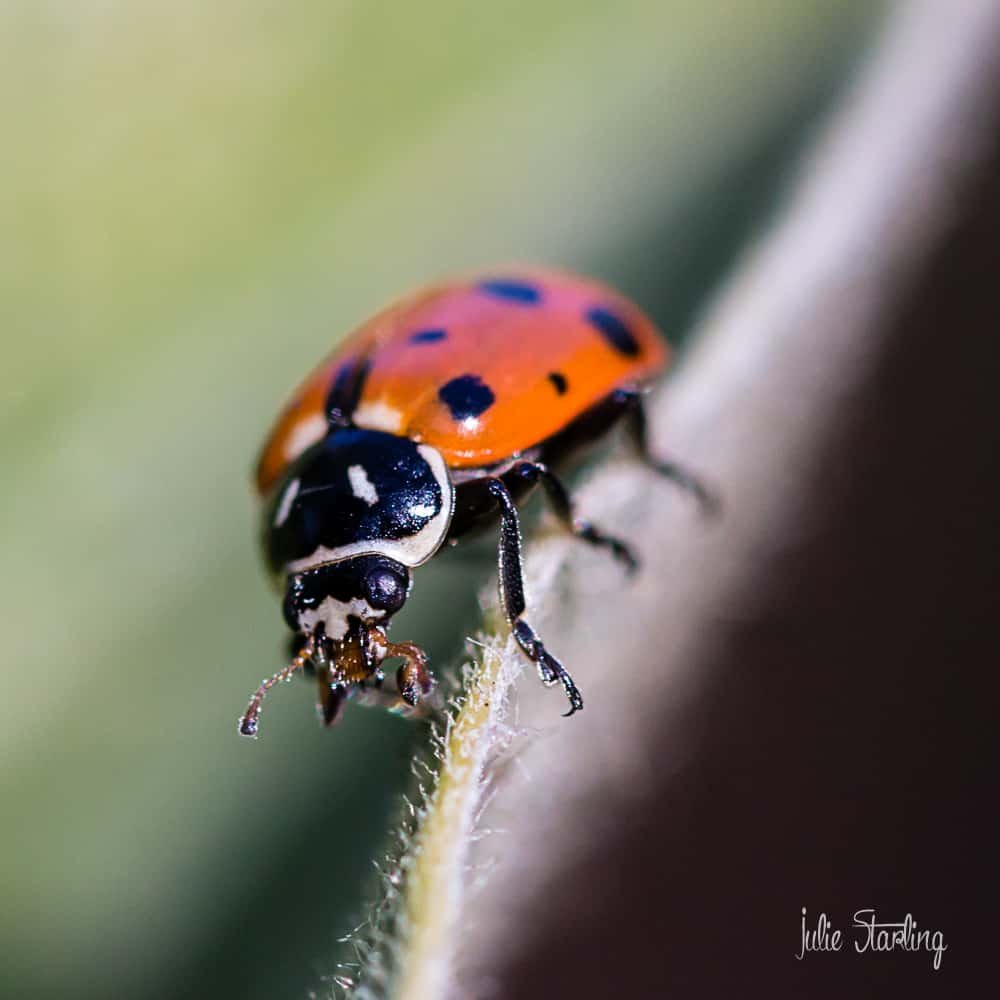
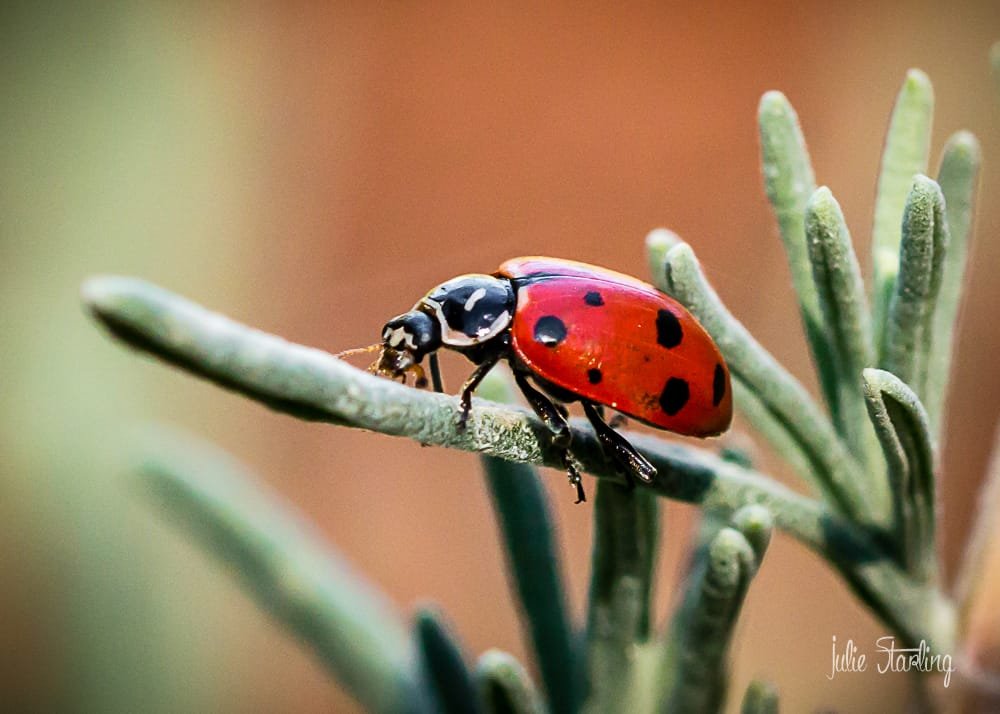
awesome photos. you get better and better !!
OMG, YOU are hilarious! You must be feeling better - I hope. And who knew that ladybugs were the horndogs of nature? I learned something AND enjoyed the photos! Well done 🙂